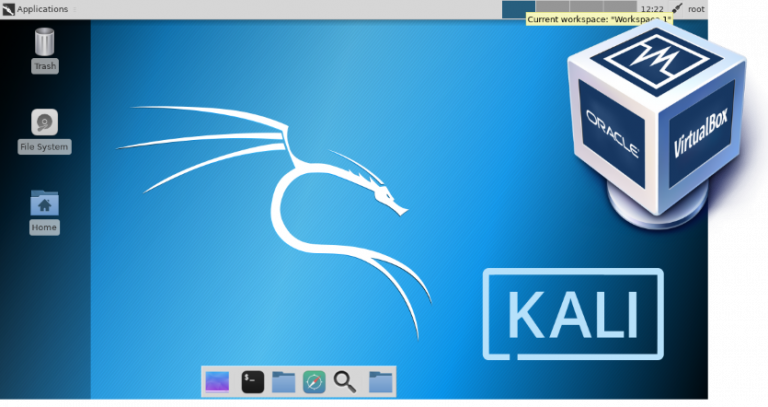

Step 1: Install Virtualbox Extension Pack It’s assumed that you have already set up VirtualBox on your host OS. For instance, you installed Kali Linux in VirtualBox and a USB wireless network adapter is required to do penetration testing. This simple tutorial will show you how to easily access your USB thumb drive, USB hard disk, or USB wireless network adapter in your Virtualbox guest OS.
Setup a PXE Server: install dnsmasq, enable DHCP, TFTP and PXE booting, set the dhcp-range to match your environment.There are times when you need to access USB from VirtualBox. Download the Kali mini ISO : A) Text Installer or B) Graphical Installer. USB device is ready to boot into Kali Linux. Use a popular imager like ( Win32Disk or Etcher) and write the Kali image on USB drive. For an Encrypted LVM install, choose the “ Guided – use entire disk and set up encrypted LVM”, remember your encryption password. The installer will check your disks and offer you 4 choices. Boot the device, hold Option use Kali DVD/USB drive to go into Kali live session, resize partition for Kali installation. Install rEFInd ( download rEFInd, extract, run the install ). Convert the MBR to a hybrid, that will allow for Apple’s EFI to detect and boot to GRUB.  Install Kali on Windows volume, (if not supported, install rEFindand try again ). Start the device, hold Option key to go Boot menu, insert DVD/USB Kali installation.
Install Kali on Windows volume, (if not supported, install rEFindand try again ). Start the device, hold Option key to go Boot menu, insert DVD/USB Kali installation.  Burn the Kali Linux ISO image to a DVD or copy the image to USB drive. Use a popular imager like (Win32Disk or Etcher) and write the Kali image on SD-card (min 8 GB, better 16-32GB ). Download the Kali image for Raspberry Pi and extract on your machine. Start the chroot mode ( Linux deploy automatically mount and load your Kali Linux chroot image). Set up Linux deploy for Kali and install. Now eject USB drive and restart your system. GRUB installation and dual boot setup (choose “Yes” and “Continue” when asked). Restart your PC select the option boot as USB. Disable Secure Boot and Fast Boot option in BIOS. Create a partition for Kali Linux installation. Create a bootable Kali linux USB drive with Rufus and mount Kali ISO into it. Adjust VB settings: physical, video memory, select OS Type, CPU acceleration. Create a new Virtual disk: dynamic allocation, VDI. In this guide we will briefly list the steps (overview) required to install Kali Linux using various ways
Burn the Kali Linux ISO image to a DVD or copy the image to USB drive. Use a popular imager like (Win32Disk or Etcher) and write the Kali image on SD-card (min 8 GB, better 16-32GB ). Download the Kali image for Raspberry Pi and extract on your machine. Start the chroot mode ( Linux deploy automatically mount and load your Kali Linux chroot image). Set up Linux deploy for Kali and install. Now eject USB drive and restart your system. GRUB installation and dual boot setup (choose “Yes” and “Continue” when asked). Restart your PC select the option boot as USB. Disable Secure Boot and Fast Boot option in BIOS. Create a partition for Kali Linux installation. Create a bootable Kali linux USB drive with Rufus and mount Kali ISO into it. Adjust VB settings: physical, video memory, select OS Type, CPU acceleration. Create a new Virtual disk: dynamic allocation, VDI. In this guide we will briefly list the steps (overview) required to install Kali Linux using various ways







 0 kommentar(er)
0 kommentar(er)
